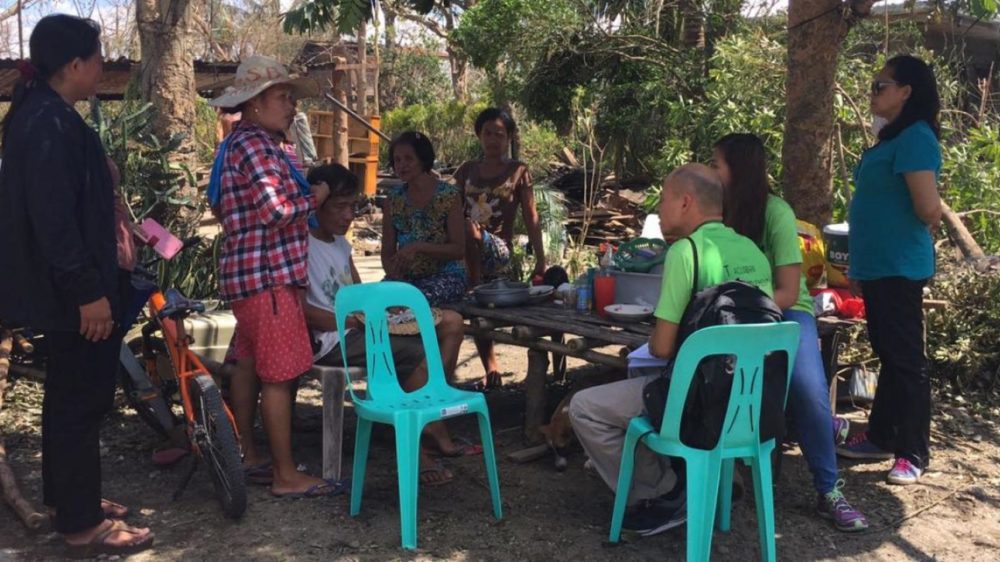On October 19, super typhoon Haima or Lawin as it is locally known, struck the Philippines, leaving a trail of destroyed houses and buildings, as well as damaged lowland and upland agricultural lands in its path.
Many communities affected in northern Luzon are still reeling from the effects of the El Nino phenomenon when the typhoon hit. One of these communities is the municipality of Lal-lo in Cagayan province.
As in the other northern Cagayan towns, Lal-lo is dependent on farming, particularly rice or palay, corn and bananas. In the summer of 2016, Lal-lo was greatly affected by the El Nino phenomenon that swept a full harvest season. Rains came by June-July which signalled a new planting cycle. However, farmers bore another disaster when Lawin swept northern Luzon, flooding their fields. Some newly harvested corn were dampened, and had to be dried and sold immediately– usually, to traders who buy it at a very low price.
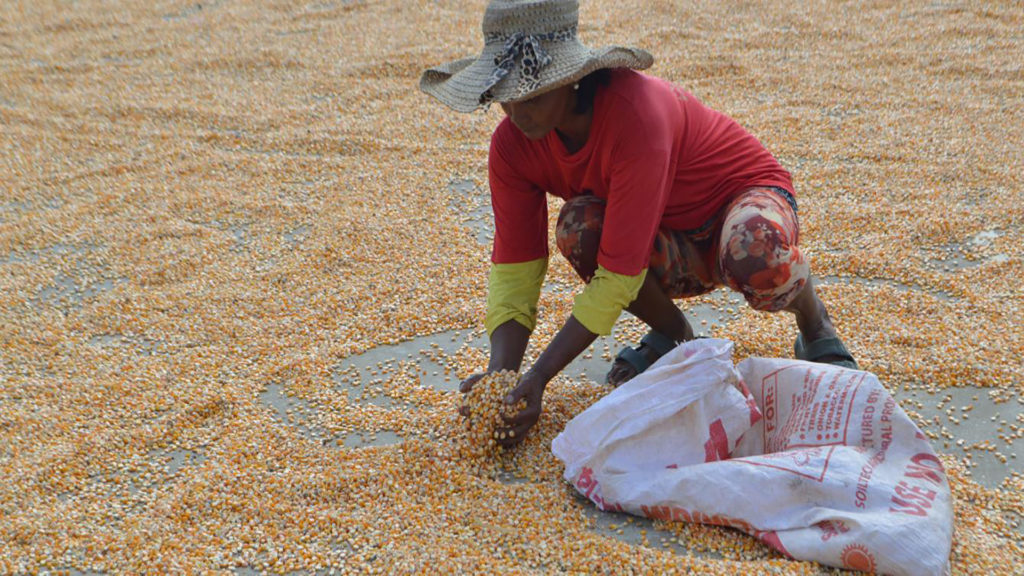
Virginia Bagullung, 48 – a small-scale farmer from Lal-lo, Cagayan: “My family owns one and a half hectares of corn. Early this year, we suffered from El Nino. Our corn bore very small produce, but we could not do anything. We planted again when the rains came in July. We were about to harvest this October, but we were very unfortunate– Lawin came and swept the entire farm. We used to gather 120 sacks of corn, but now, we only had 36. Before, we sold each sack for 12 pesos per kilo. However, because our corn had lower quality due to the rain, we were told that we can only sell it at 11 pesos per kilo.”

“When the typhoon came, we evacuated to the municipal hall. Our roof flew off. My only hope, not only for myself but for all of us, is that the Government will help us rebuild our houses,” said corn farmer Elsie Alonzo (in photo with her friend, Virginia). We only earn a small amount from farming. We get vegetables from the mountains and sell them. Our harvest is not enough to pay for our debts. I owe a total of 35,000php but I can’t pay for it because we did not harvest anything. Our problem grows everyday as our debt balloons with a 15% interest and a penalty of 20php per day. This is why we buried in debts. Our children’s debts are even bigger than us, the parents. We are asking for help from the government to give us some funds or seedlings.”
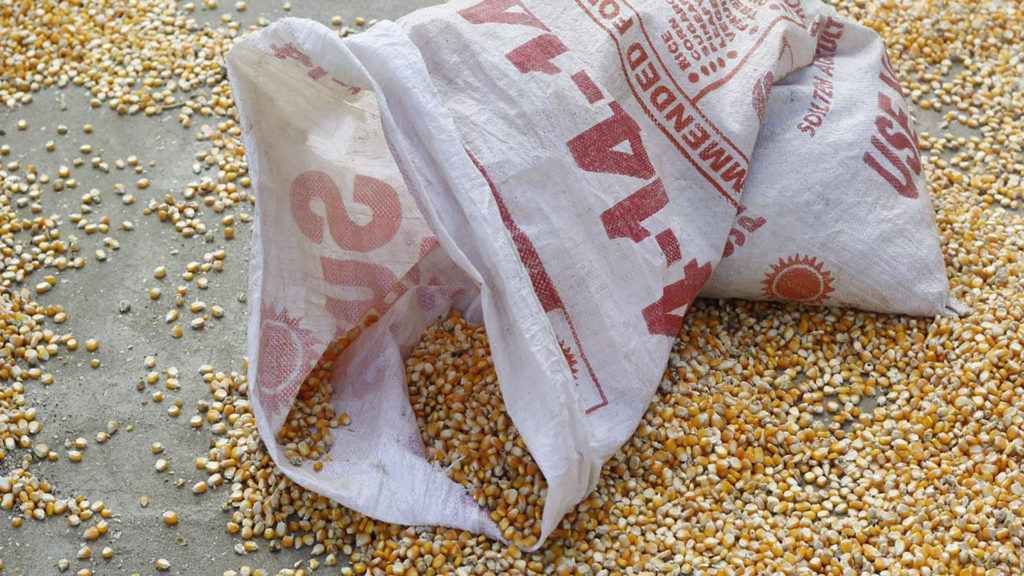
Corn soaked by rains brought by Typhoon Haima (Lawin) had to be dried immediately so farmers can sell them to traders before the corn kernels turn black. Traders or middlemen often impose classification on corn (class A, B, C with class A as the best) and kernels dampened and dried are considered Class C, bought at a very low price.
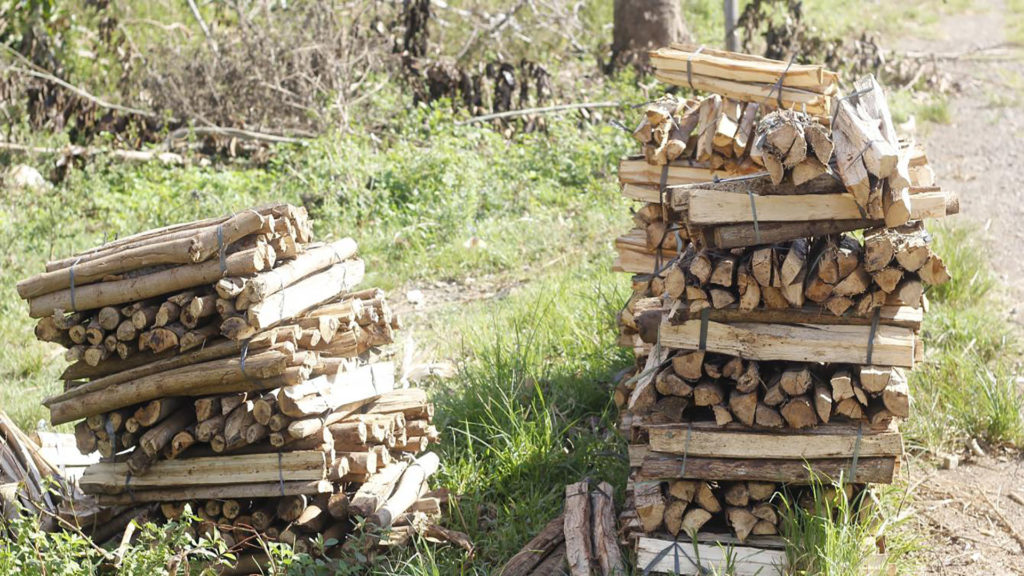
Farmers, like Virginia, rely on selling firewood gathered from nearby hills to earn cash while recovering from the typhoon. At the moment, Lal-lo, and, the whole Cagayan does not have electricity and it might take a month before power lines are restored.
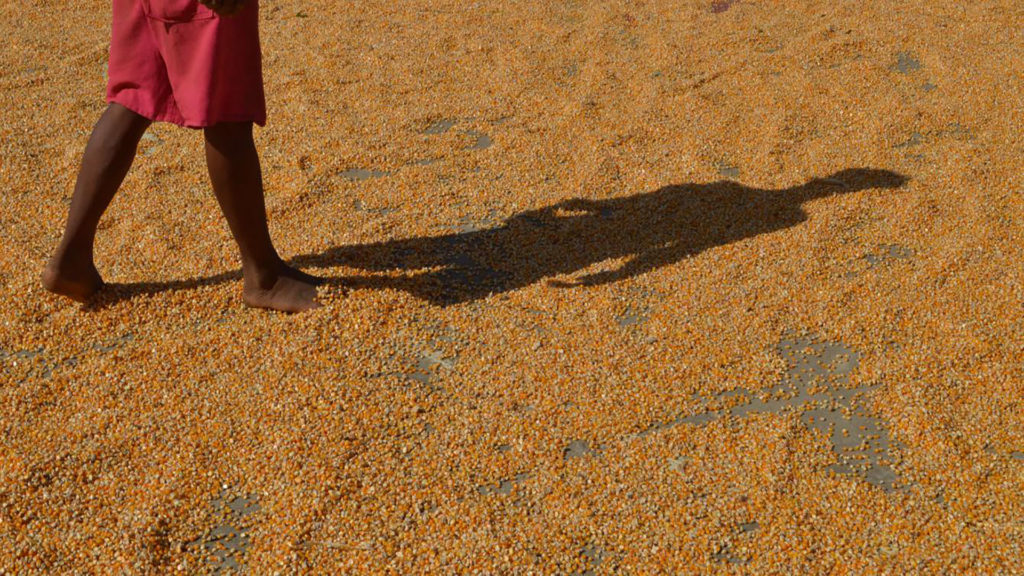
Farmers rely on selling corn for their daily needs. Farming activities are commonly done by both men and women.
